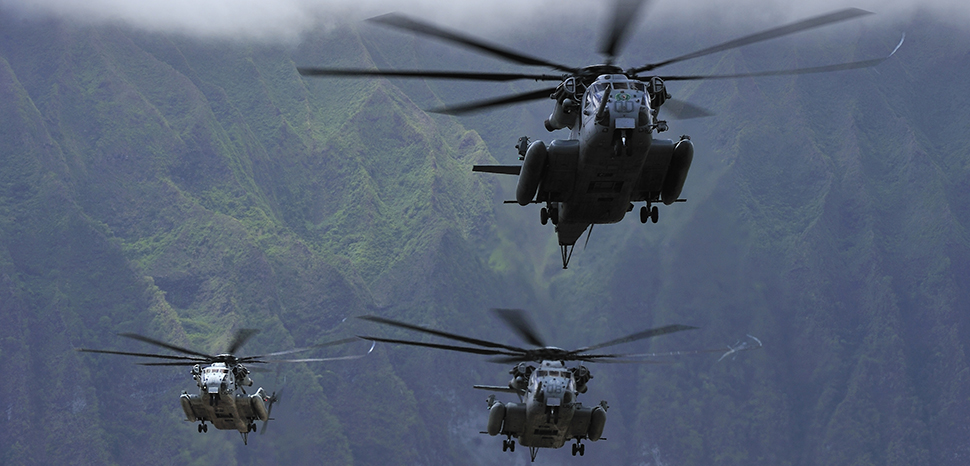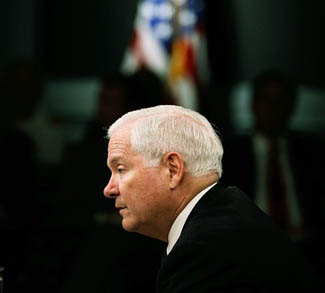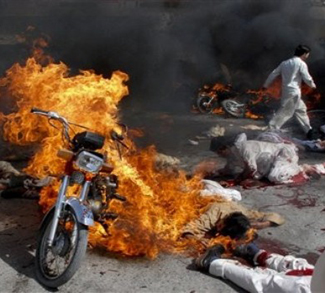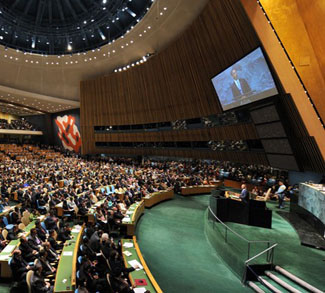Filipino senators have been voicing support for the possibility of signing a Visiting Forces Agreement (VFA) with Japan, a country that once occupied the Philippines during World War II. If such an agreement is signed, it would represent the third deal to be signed by the Philippines, following similar VFAs with the United States and Australia. What makes this time different is the significance of the Japanese Self-Defense Forces (JSDF), which is known for its regional presence and, in particular, its active involvement in overseas disaster relief operations.
Such an agreement would be beneficial for the Philippines and Japan as a whole, as it would better enable both countries to do their part in maintaining regional security in the Indo-Pacific. The Philippines benefits via training alongside the JSDF and learning from their experience in disaster relief preparations and disaster risk reduction, while also engaging in joint training on defense-related operations.
The possibility of a Philippines-Japan VFA was first reported in 2015 during the administration of former president Benigno Aquino III, when former Philippine Defense Secretary Voltaire Gazmin remarked that there was increasing convergence on shared security concerns, mostly centered on China’s growing assertiveness in the South China Sea. He also mentioned that a VFA would allow for more opportunities for cooperation between the two countries. However, there is still a legal hurdle that the Philippines must clear in that the Philippine Constitution does not allow for the presence of foreign troops unless treaties are in place.
Steps have been taken by Manila and Tokyo to make an agreement an actual possibility in the near future. For example, Manila and Tokyo signed a Memorandum on Defense Cooperation and Exchanges in 2015. A defense agreement was also reached on February 29, 2016 to legally allow for Japanese military equipment to be transferred to the Armed Forces of the Philippines (AFP). The Japanese Ground Self-Defense Forces (JGSDF) have also signed agreements with the Philippine Army (PA) and the Philippine Marine Corp (PMC) aimed at enhancing defense cooperation during the 6th PA-PMC-JGSDF Staff Talks in Tokyo in September 2022; this agreement was signed just a few months after the Terms of Reference (TOR) in the 6th iteration of the PA-PMC-JGSDF “Strategic Guidance on Cooperation,” which was held on July 27, 2022. Finally, during the 2022 Yama Sakura Exercises held in Japan between the US Army and the JGSDF, the PA will send representatives to observe the exercises with plans to participate in Orient Shield in the future.
Having a Filipino-Japanese VFA signed would be beneficial to both countries in the realm of strategic partnership. The Philippines and Japan have similar security concerns in the Indo-Pacific, framed by China’s military build-up and its encroachment into the South China and East China Seas. Any signing of the agreement is also an indicator that Japan is serious about engaging its allies in Southeast Asia as a regional security player, with the Philippines using these ties as an opportunity to modernize its military and to build defense ties with other friendly countries.
The views expressed in this article belong to the authors alone and do not necessarily reflect those of Geopoliticalmonitor.com




